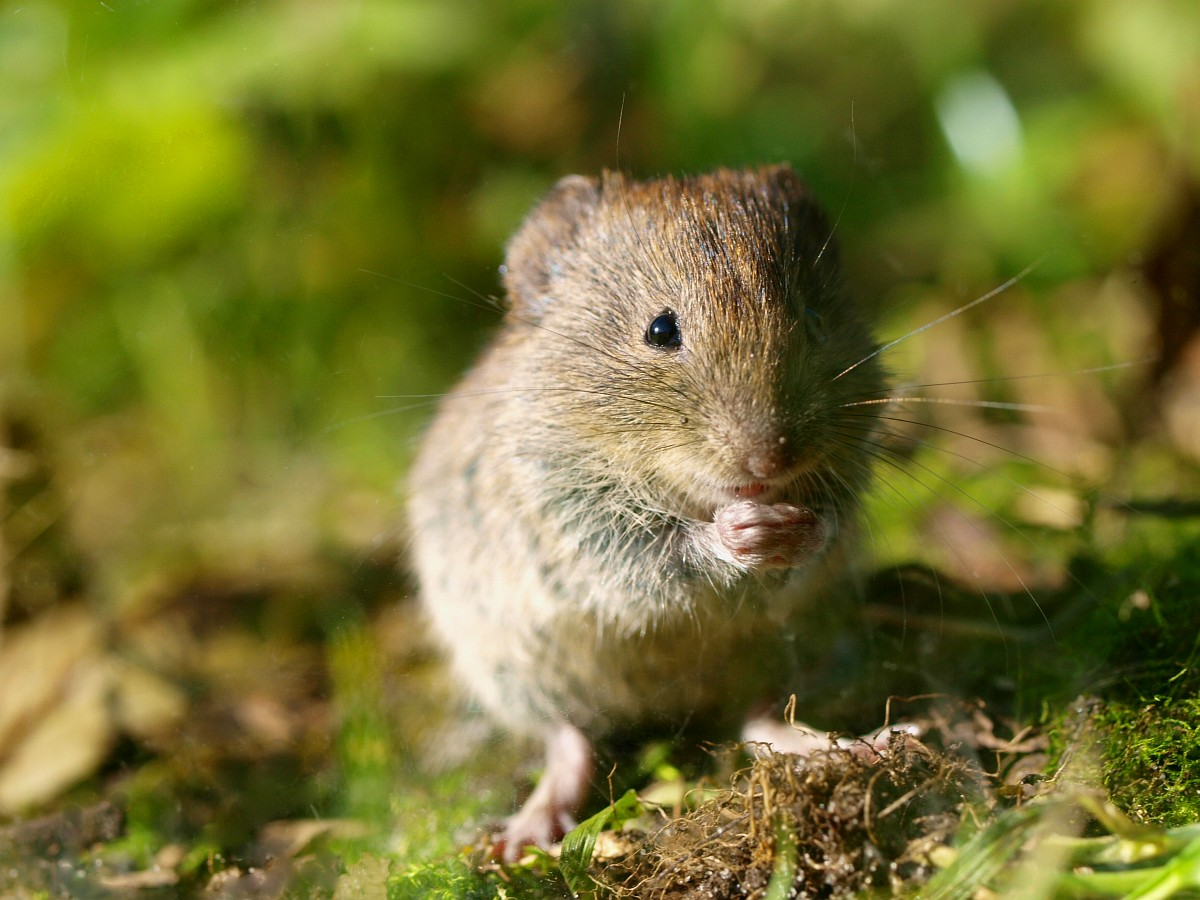
The biodiversity of rodents on our planet is enormous, and members of the subfamily Arvicolinae occupy a special place within it. This group includes not only the familiar voles, distinguished from mice by their shorter, fluffier tails, but also lemmings, muskrats, and numerous rare and poorly studied species.
Voles are one of the most successful groups of rodents. They have colonized all landscape zones of the Northern Hemisphere, including tundra, taiga, broadleaf forests, meadows, and steppes, as well as the highlands of Eurasia and North America. At the same time, they exhibit astonishing diversity: approximately 150 species, many of which arose relatively recently in geological time. Some large groups of vole species arose through explosive speciation, which for a long time prevented the establishment of genetic relationships within this group.
This gap has now been largely filled. A new study, conducted with the participation of researchers from the A.N. Severtsov Institute of Ecology and Evolution of the Russian Academy of Sciences (IEE RAS) and the Zoological Institute of the Russian Academy of Sciences, has conducted the first comparative analysis of whole-genome sequencing data (RAD-seq and RNA-seq) for 51 vole species. The scientists reconstructed the evolutionary history of these rodents and clarified the origins of the main groups. Thanks to the analysis of genomic material, long-standing debates about the relationship between different genera and species have been resolved, as well as the order in which they appeared on our planet.
"Phylogeny is a roadmap for all of biology. Understanding the structure of a group's 'family tree' provides the foundation for all subsequent research—from ecology to genomics," notes Natalia Abramson, PhD, head of the research team.
The results showed that most vole genera arose during periods of intense climate change, when periodic glaciations and subsequent interglacial periods contributed to the fragmentation of populations and the formation of new species. This explains why, in some cases, closely related species are so similar morphologically that they are difficult to distinguish without genetic analysis.
A clear understanding of the relationships between voles is important not only for evolutionary biology but also for applied research. Voles play a key role in ecosystems as the primary food source for many predators, and some species are serious agricultural pests and vectors of dangerous diseases. Understanding their evolutionary relationships will help better predict population behavior, develop biological control measures, and assess the risk of infection spread.
The work was published in the journal Diversity: Abramson, N., Skalon, E., Bondareva, O., Bodrov, S., Petrova, T., Dvoyashov, I., 2025. Resolving Rapid Radiation of Voles and Lemmings (Arvicolinae: Cricetinae, Rodentia) with QuaddRAD Sequencing and Transcriptome Analysis. Diversity 17, 61.
